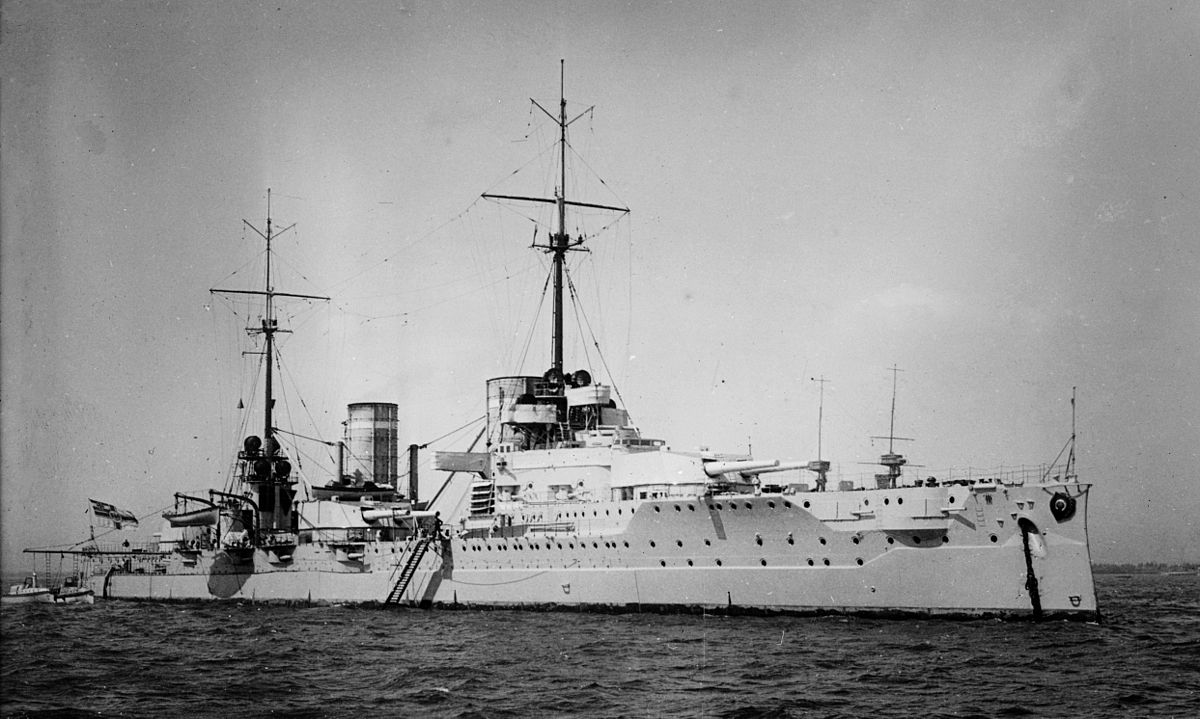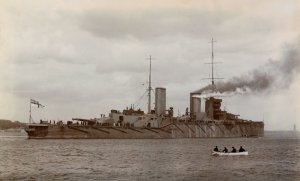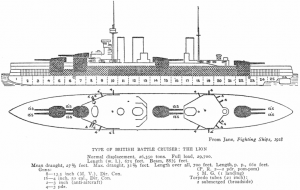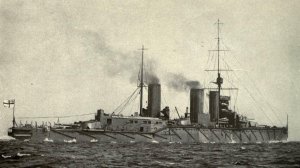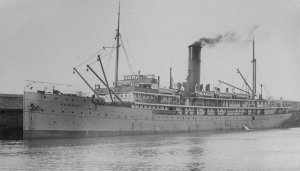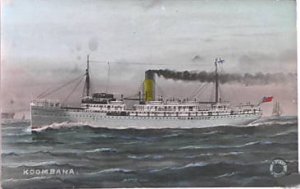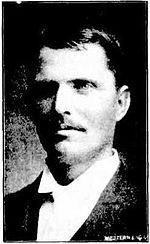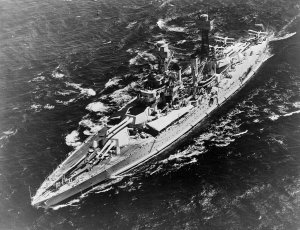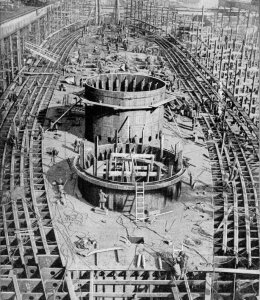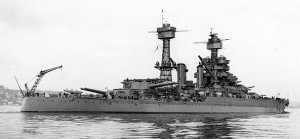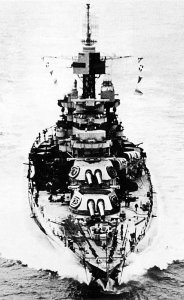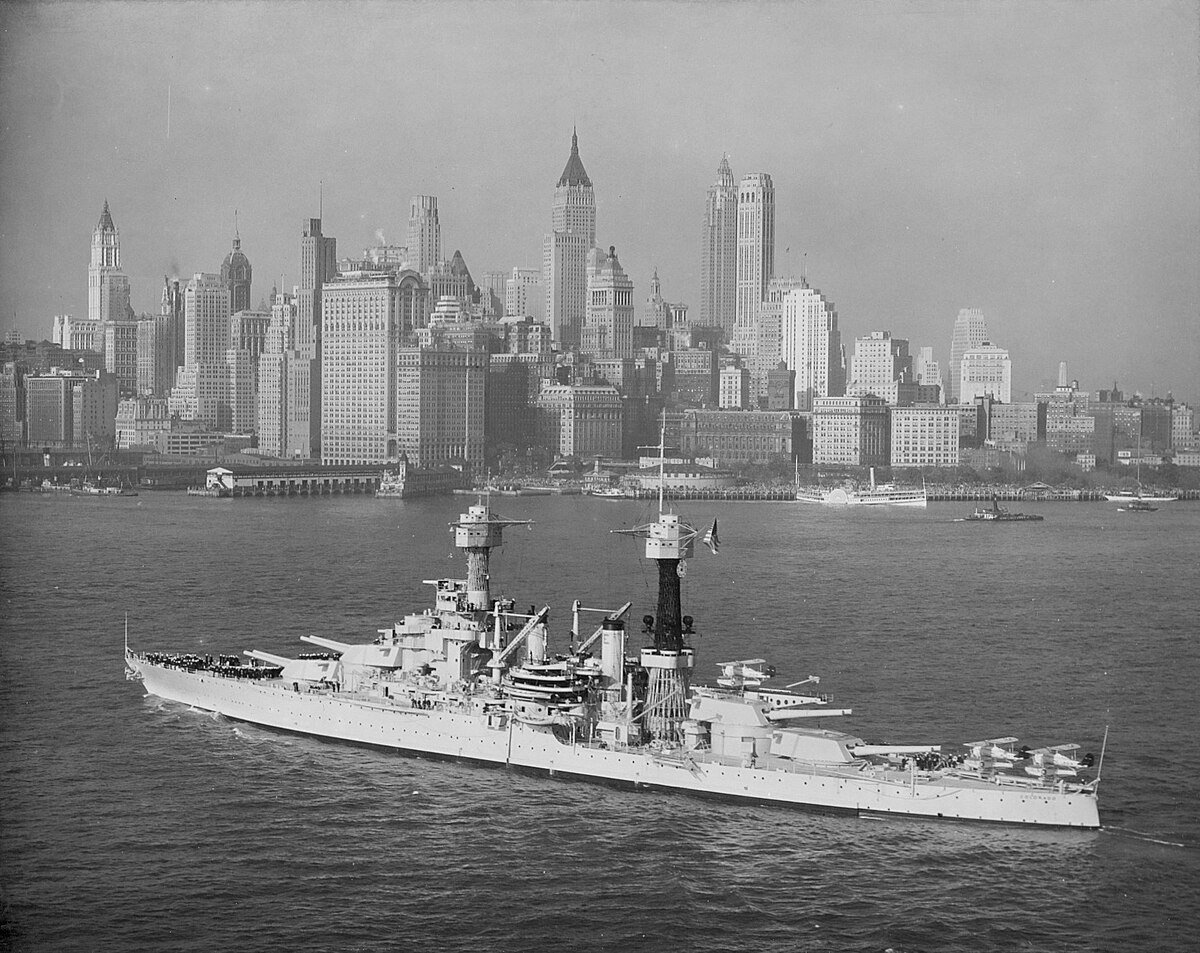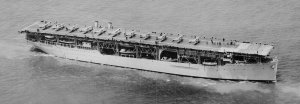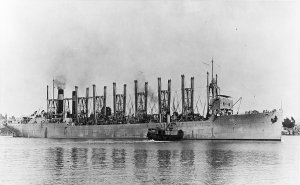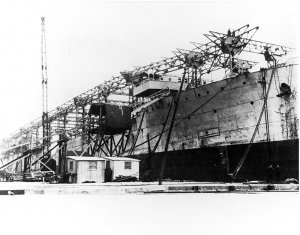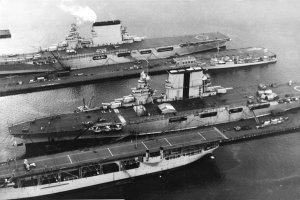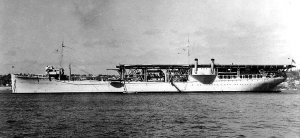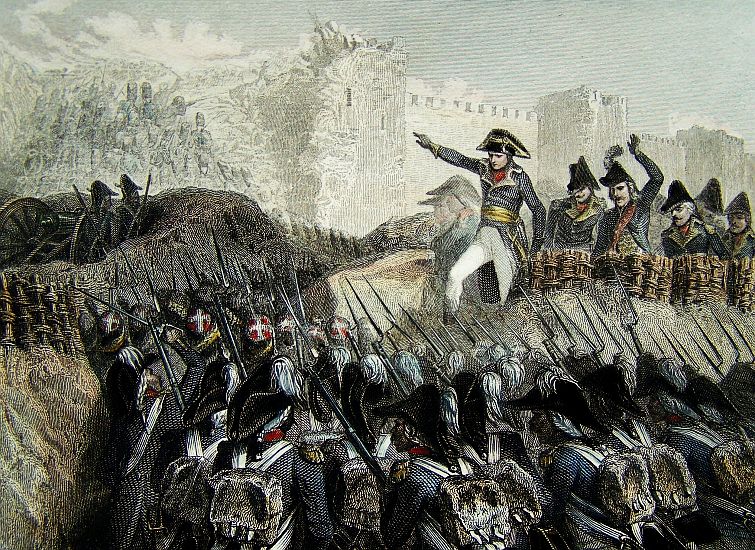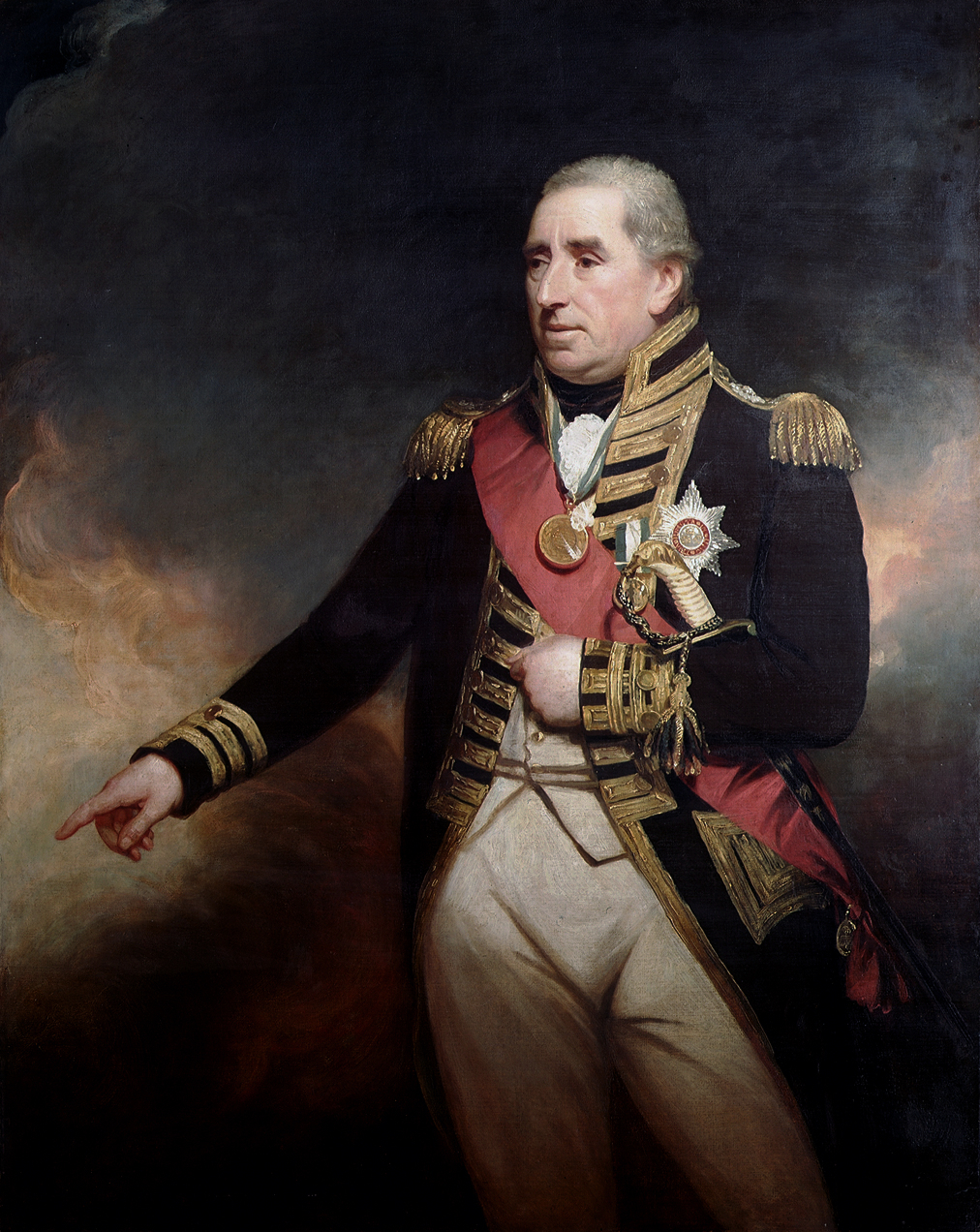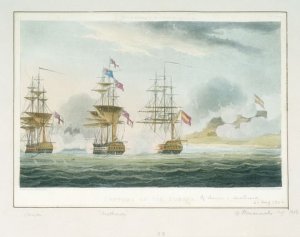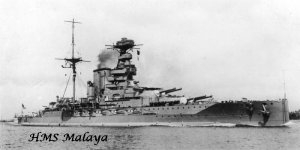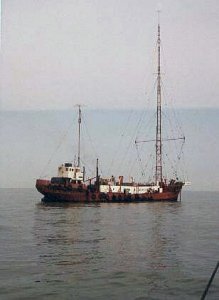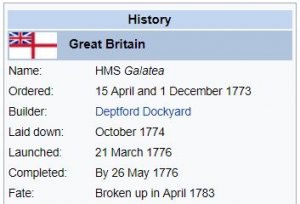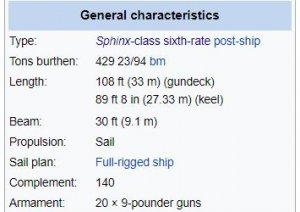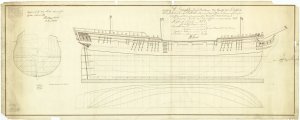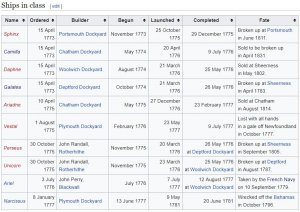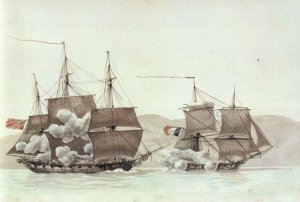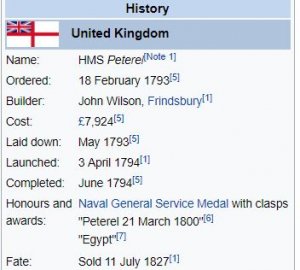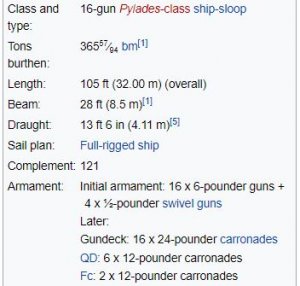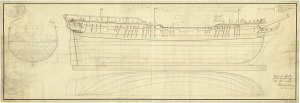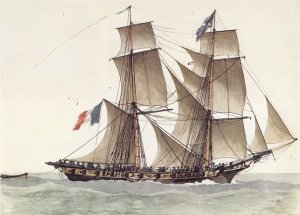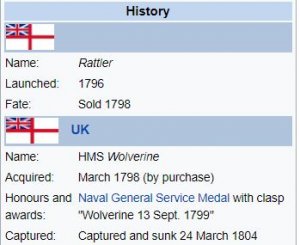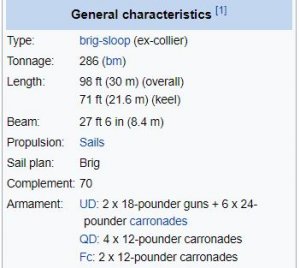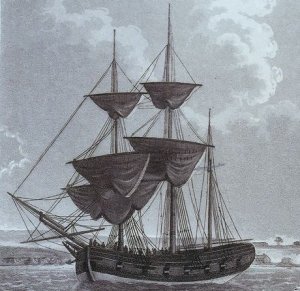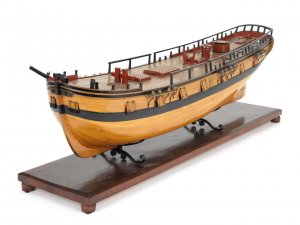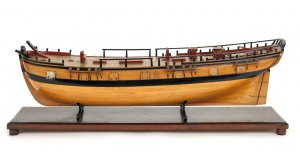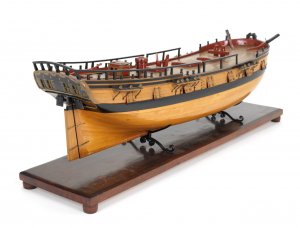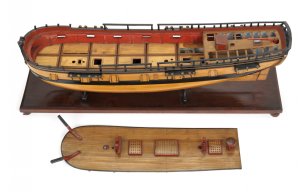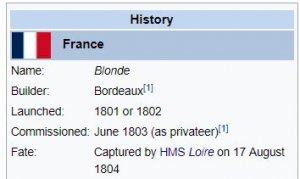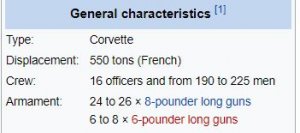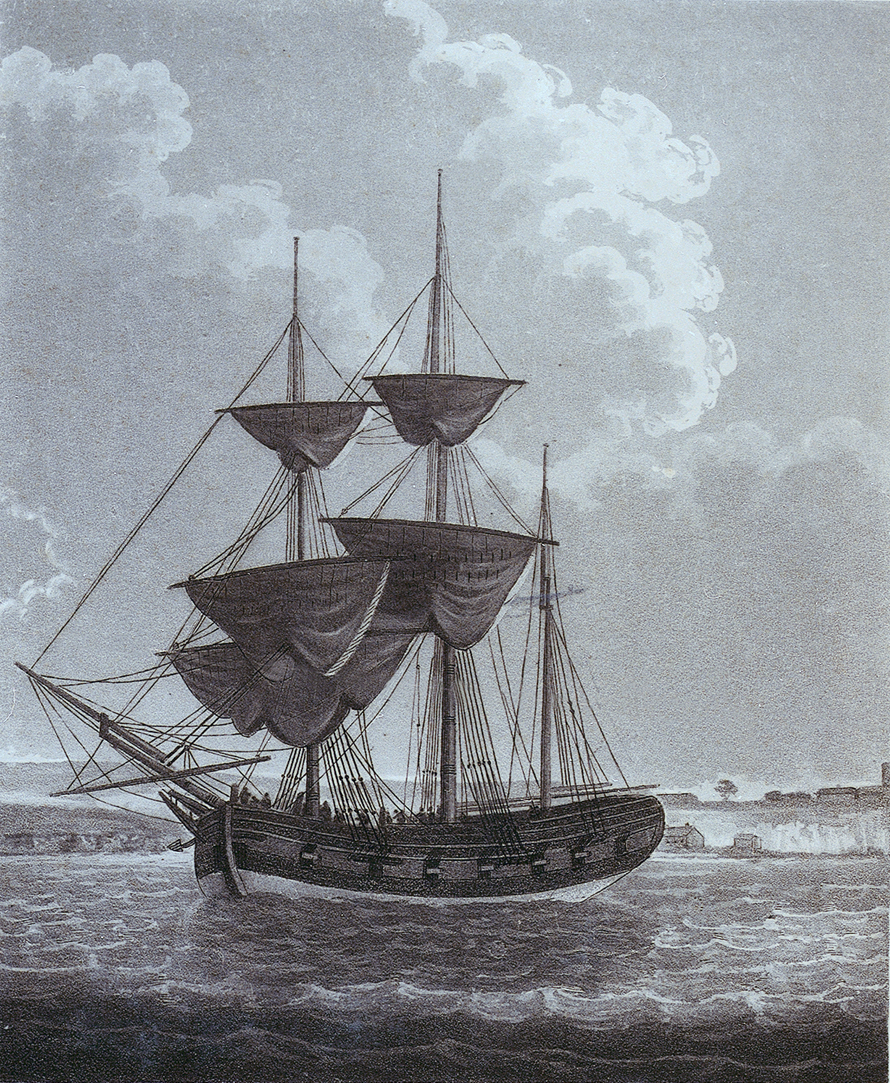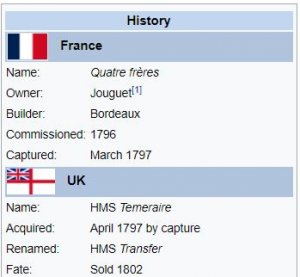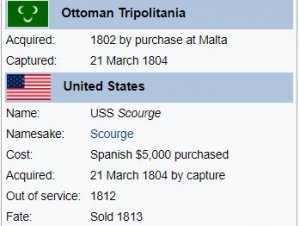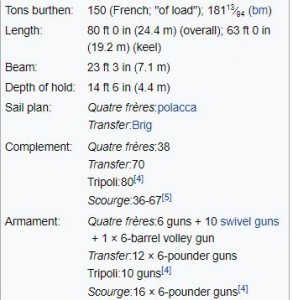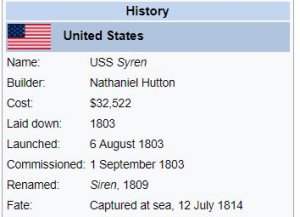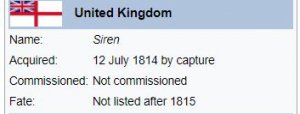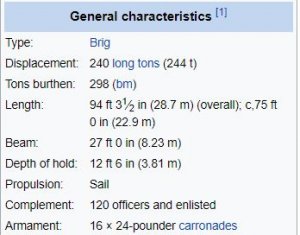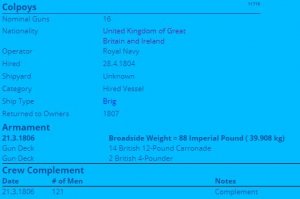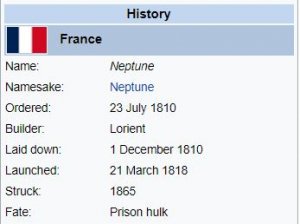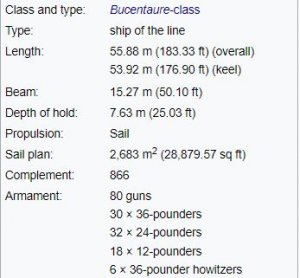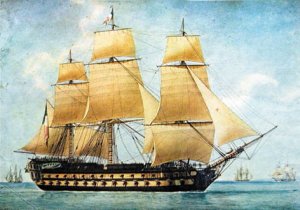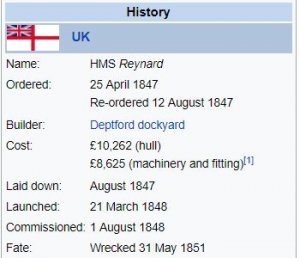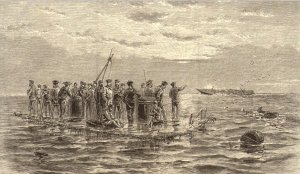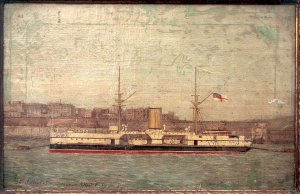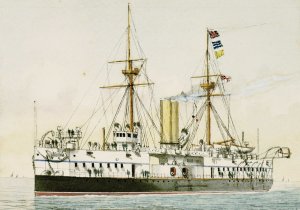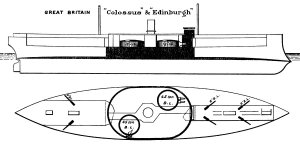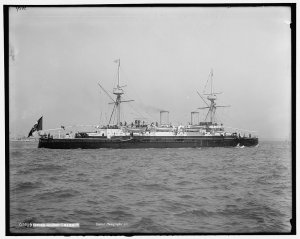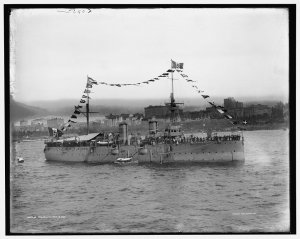Today in Naval History - Naval / Maritime Events in History
20 March 1909 – Launch of SMS Von der Tann , the first battlecruiser built for the German Kaiserliche Marine, as well as Germany's first major turbine-powered warship.
SMS Von der Tann was the first
battlecruiser built for the German
Kaiserliche Marine, as well as Germany's first major
turbine-powered warship. At the time of her construction,
Von der Tann was the fastest
dreadnought-type warship afloat, capable of reaching speeds in excess of 27
knots (50 km/h; 31 mph). She was designed in response to the British
Invincible class. While the German design had slightly lighter guns—28 cm (11 in), compared to the 30.5 cm (12 in)
Mark X mounted on the British ships—
Von der Tann was faster and significantly better-armored. She set the precedent of German battlecruisers carrying much heavier armor than their British equivalents, albeit at the cost of smaller guns.
Von der Tann participated in a number of fleet actions during the First World War, including several bombardments of the English coast. She was present at the
Battle of Jutland, where she destroyed the British battlecruiser
HMS Indefatigable in the opening minutes of the engagement.
Von der Tann was hit several times by large-caliber shells during the battle, and at one point in the engagement, the ship had all of her main battery guns out of action either due to damage or malfunction. Nevertheless, the damage was quickly repaired and the ship returned to the fleet in two months.
Following the end of the war in November 1918,
Von der Tann, along with most of the High Seas Fleet, was interned at
Scapa Flowpending a decision by the Allies as to the fate of the fleet. The ship met her end in 1919 when German caretaker crews
scuttled their ships to prevent their division among Allied navies. The wreck was raised in 1930, and scrapped at
Rosyth from 1931 to 1934.
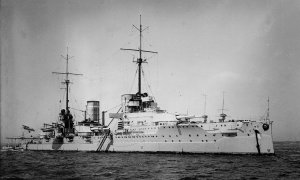
The German battlecruiser SMS
Von der Tann at anchor. The photo was probably taken during
Von der Tann´s cruise to South America in 1911.
Development
The preceding German large cruiser design,
Blücher, was an incremental increase over previous
armored cruisers.
Blücher was armed with twelve 21 cm (8.3 in) guns, and designed to counter what the Germans knew about the British
Invincible class, which were assumed to be larger iterations of the basic armored cruiser type. Once sufficient information about the new British cruisers became available, it was obvious that they were not simply an enlargement on previous designs but a whole new type of warship—the
battlecruiser—to which
Blücher was quite inferior. However, there were insufficient funds to alter
Blücher's layout, so the cruiser assigned for 1907 would have to be an entirely new design.
Design of
Von der Tann began in August 1906, under the name "Cruiser
F", amid disagreements over the intended role of the new ship.
Admiral Tirpitz advocated a ship similar to the new British battlecruisers of the
Invincible class: heavier guns, lighter armor, and higher speed with the intention of using the ship as a fleet scout and to destroy the opposing fleet's cruisers. Tirpitz had no intention of using the ship in the main battle line.
Kaiser Wilhelm II however, along with most of the
Reichsmarineamt (Imperial Navy Office), was in favor of incorporating the ship into the battle line after initial contact was made, which necessitated much heavier armor. This insistence upon the capability to fight in the battle line was a result of the numerical inferiority of the German High Seas fleet compared to the British
Royal Navy.
Several design proposals were submitted, all calling for heavy main guns, between 30.5 cm (12 in) and 34.3 cm (13.5 in) calibers. However, financial limitations dictated that smaller, less expensive weaponry would be used instead. The final design therefore used the same 28 cm (11 in) double turret introduced for the last two
Nassau-class battleships — hydraulic elevated Drh LC/1907 instead of electrical elevated Drh LC/1906. In compensation, the design was given a relatively heavy secondary armament.
At a conference in September 1906, many of the disagreements over the ship's design were resolved. The Naval Constructor, von Eickstedt, argued that since the explosive trials for the proposed protection systems for the new battlecruiser had not been completed, the construction should be postponed, to allow for any alterations to the design.
[8] He also argued that guns of 21 cm (8.3 in) or 24 cm (9.4 in) caliber would be sufficient to penetrate the armor of the new British battlecruisers. However, Admiral
August von Heeringen, of the General Navy Department, stated that for the ship to be able to engage battleships, the 28 cm (11 in) caliber guns were necessary.
Admiral Capelle, the deputy director of the
Reichsmarineamt, stated that by mid November 1906, the testing for the underwater protection designs would be complete. He suggested that if the torpedo bulkhead needed to be strengthened, the ship might be too heavy for the 28 cm (11 in) guns, if the displacement of around 19,000 t (21,000 short tons) was to be retained. Tirpitz refused to consider using smaller guns, even if it meant increasing the displacement of the ship. Von Eickstedt proposed employing a secondary battery of 17 cm (6.7 in) guns instead of the 15 cm (5.9 in) the design called for, but the increased weight would have made it impossible to mount eight main battery guns.
On 22 June 1907, the Kaiser authorized construction of Cruiser
F, to be named
Von der Tann, after
Ludwig Freiherr von und zu der Tann-Rathsamhausen, a Bavarian general who fought in the
Franco-Prussian War of 1870. The contract was awarded to the Blohm & Voss shipyard in Hamburg, on 26 September 1907. The
keel was laid on 21 March 1908, and the ship was launched nearly a year later, on 20 March 1909. The source of the ship's name was the subject of much gratitude from the Bavarian aristocracy.

papers at the time reported that
Luitpold, the prince regent and
de facto ruler of Bavaria, telegraphed a message of thanks to the German emperor, and the launch ceremony was overseen by one of Von der Tann's descendants, also a general. He spoke to the assembled crowd, stating his hope that
Von der Tann would, in his words, "go out to protect Germany's might world-trade, or, at the command of his Majesty the Emperor, to ward off an enemy who attacked the vital interests or the honour of the Empire. Might the ship acquit herself upon the ocean as the General whose name she bore had acquitted himself upon the blood-drenched battlefield and bring her flag victorious out of the fight for the greatness and the honour of Germany." The ship cost 36.523 million
Marks.
Design
Armament
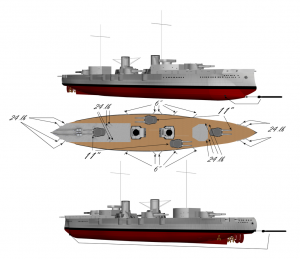
CG-rendering of
Von der Tann
Von der Tann carried eight
28 cm (11.02 in) SK L/45 guns, mounted in four twin
turrets: one fore, one aft, and two staggered
wing turrets. The guns were emplaced in the Drh.L C/1907 turntable mount, which was traversed electrically, while the guns themselves used hydraulics to change elevation. The guns could be elevated up to 20 degrees, which enabled a maximum range of 18,900 m (20,700 yd). A refit in 1915 increased this to 20,400 m (22,300 yd). The main guns fired a 302 kg (670 lb) armored-piercing shell that had a
muzzle velocity of 875 m/s; the main
propellant charges were encased in a brass
cartridge. A total of 660 projectiles were stored in four shell rooms, each containing 165 shells. The wing turrets were staggered in such a way that all eight guns were able to fire on broadside on a very wide arc.
Unlike her British contemporaries,
Von der Tann also carried a heavy secondary battery, consisting of ten
15 cm (5.91 in) SK L/45 guns,
casemated in MPL C/06 pivot mounts, each with 150
high explosive and
armor-piercing shells. At construction, these guns could fire their 45.3 kg (100 lb) shells at targets up to 13,500 m (14,800 yd) away; after the 1915 refit, their maximum range was extended to 16,800 m (18,400 yd). She was also armed with sixteen
8.8 cm SK L/45 naval gun 8.8 cm (3.46 in) SK L/45 guns, to defend against
torpedo boats and
destroyers. These were also emplaced in pivot mounts, of the MPL C/01-06 type, with a total of 3,200 shells for these guns. These guns fired a 9 kg (20 lb) shell at the high rate of 15 rounds per minute, up to a range of 10,694 m (11,695 yd), which was quite long for a smaller caliber weapon. In late 1916, following repair work after the damage sustained during the Battle of Jutland,
Von der Tann had her 8.8 cm (3.5 in) guns removed and the firing ports welded shut. Two 8.8 cm flak guns were installed on the aft superstructure.
As was customary for capital ships of the time,
Von der Tann was equipped with four 45 cm (17.72 in)
torpedo tubes, with a total of 11 torpedoes. These were located in the bow, the stern, and two on the
broadside. The torpedoes carried a 110 kg (240 lb) warhead, and had an effective range of 2 km (1.04 nmi) when set for a speed of 32 kn (59 km/h), and 1.5 km (0.81 nmi) at 36 kn (67 km/h).
Armor
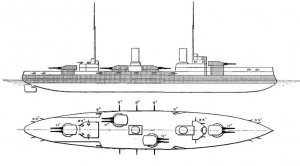 Von der Tann
Von der Tann as depicted in Brassey's
Naval Annual in 1913; shaded areas represent armor protection.
Because the
Von der Tann was designed to fight in the
battle line, her armor was much thicker than that of the British battlecruisers.
Von der Tann weighed over 2,000 tonnes more than the
Indefatigable class, and used 10% more of her weight for armor than the battlecruisers she faced at the
Battle of Jutland.
Von der Tann's armor consisted of
Krupp cemented and nickel steel. The main
belt armor was 80–120 mm (3.1–4.7 in) thick forward, 250 mm (9.8 in) thick over the ship's citadel, and was 100 mm (3.9 in) thick aft. The forward
conning tower was protected by 250 mm (9.8 in), while the aft conning tower by 200 mm (7.9 in). The four turrets had 230 mm (9.1 in) faces, 180 mm (7.1 in) sides, and 90 mm (3.5 in) on the roofs. The horizontal armor measured 25 mm (0.98 in) thick, and the sloping deck armor was 50 mm (2.0 in) thick. Like the armored cruiser
Blücher before her, she was protected by a
torpedo bulkhead, 25 mm (0.98 in) thick. It was set back a distance of 4 meters (13 ft) from the outer hull skin, the space in between being used to store coal.
Machinery
Von der Tann was powered by 18 naval coal-fueled double boilers, separated into five boiler rooms. The boilers produced steam at a pressure of 235
psi (16
atmospheres).
Von der Tann was the first large German warship to use
turbine propulsion. The ship used two sets of turbines: high pressure turbines, which ran the outer two shafts, and low pressure turbines, which powered the inner two shafts. Each shaft had a propeller 3.6 m (12 ft) in diameter. The ship was designed to have a power output of 41,426
shaft horsepower (30,891 kW) at a speed of 300
rpm, which enabled a rated top speed of 24.8 kn (45.9 km/h). However, as was the case with all later German battlecruisers, the ship could be run dramatically higher. During
sea trials, the turbines provided 77,928 shp (58,111 kW) at 339 rpm for a top speed of 27.757 kn (51.39 km/h). In one instance during a cruise from
Tenerife to Germany, the ship averaged 27 kn (50 km/h), and reached a maximum speed of 28 kn (52 km/h). At the time of her launch, she was the fastest
dreadnought afloat. The ship had two parallel rudders, which were controlled by steam-powered engines.
Von der Tann's electrical plant consisted of six steam turbo generators that had a total output of 1,200-kW (1,600-hp).
Like many German capital ships,
Von der Tann had chronic problems with the often low-quality coal available for the ship's boilers. Following the end of the raid on Scarborough,
Von der Tann's commander, Captain Max von Hahn, remarked that "the inadequacy of our coal and its burning properties results in heavy smoke clouds and signals our presence." During the battle of Jutland, the ship was unable to maintain fires in all of her boilers after 16:00, due to the poor quality coal. Many other German ships suffered the same difficulties during the battle, including
Derfflinger and
Seydlitz. After 1916, the coal firing in the boilers was supplemented by spraying
tar-oil on the coal, which made the coal burn better.
Other characteristics
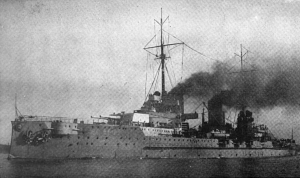 Von der Tann
Von der Tann in 1911
Frahm
anti-roll tanks were fitted during construction, but these proved to be ineffective; the tanks only reduced rolling by 33%.
Bilge keelswere later added to improve stability, and the space previously used for the anti-roll tanks was instead used as extra fuel storage. The ship was able to carry an additional 180 t (200
short tons) of coal in the anti-roll tanks.
Von der Tann's hull consisted of 15 watertight compartments, and a
double bottom extended for 75% of the ship's length. The ship was known to have good maneuvering characteristics, with a speed loss of 60% and a
heel of 8 degrees at full rudder.
The ship's crew compartments were arranged such that the officers were accommodated in the
forecastle. This arrangement was found to be unsatisfactory, and not repeated in later classes.
Von der Tann was designed to be fitted with a
lattice mast, but the ship received standard masts instead. In 1914, spotting posts were attached to the masts in order to observe the fall of artillery fire. In 1915,
seaplane trials were conducted on
Von der Tann, and a crane was attached on the aft deck to lift the seaplane aboard the ship.
Von der Tann had originally been equipped with anti-torpedo nets, but these were removed towards the end of 1916.
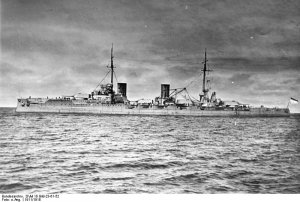 Von der Tann
Von der Tann in 1911

en.wikipedia.org
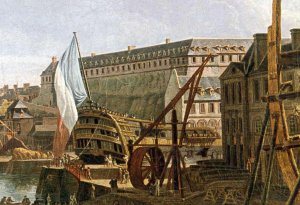
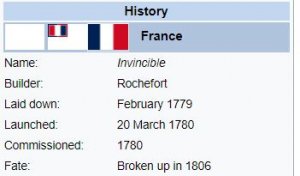
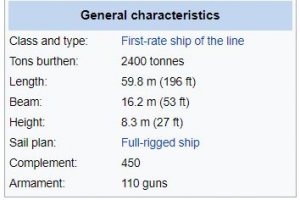
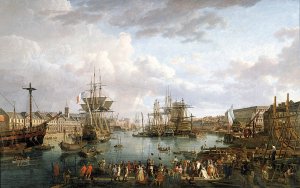
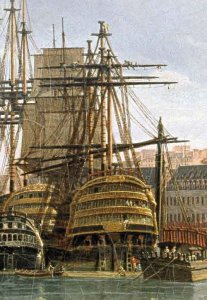
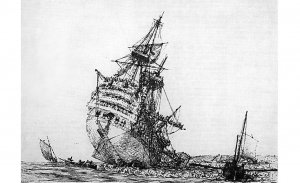
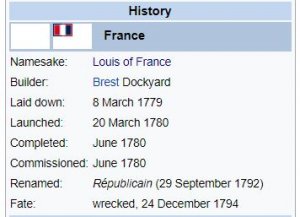
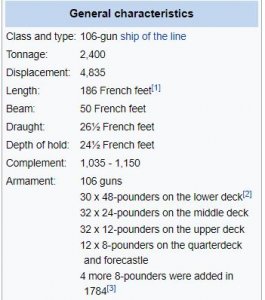

 en.wikipedia.org
en.wikipedia.org












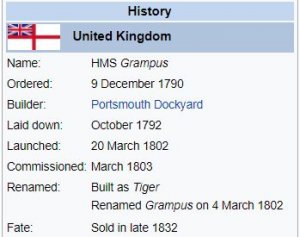
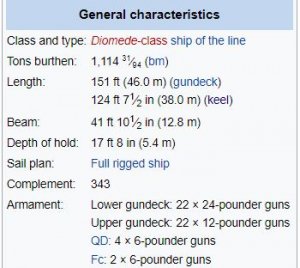
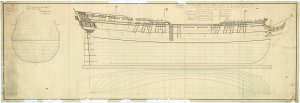
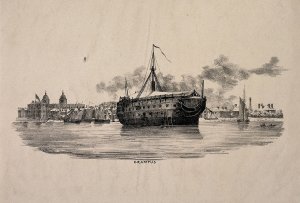

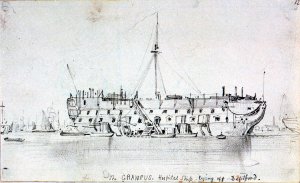
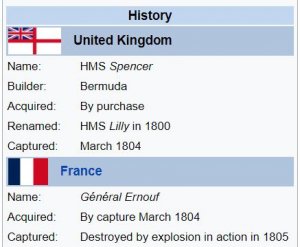
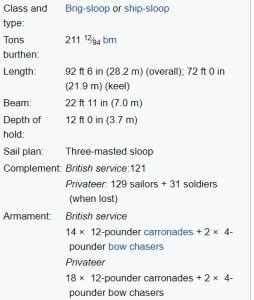
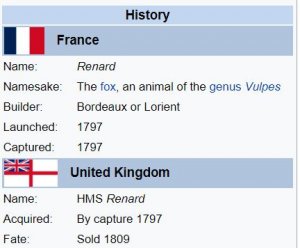
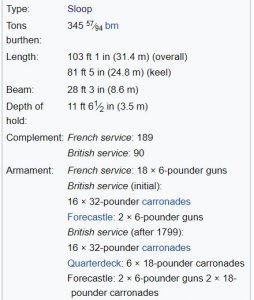
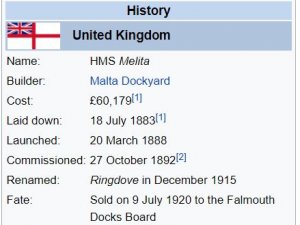
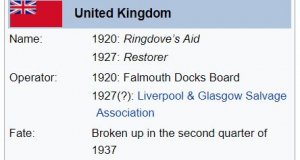
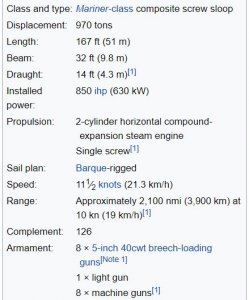
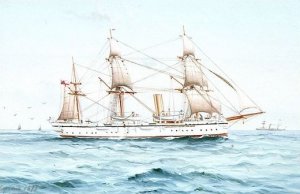
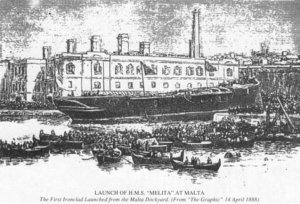
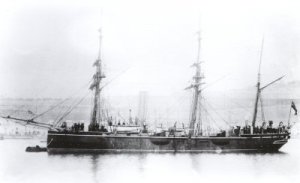
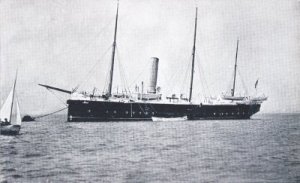
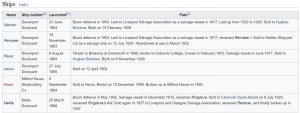



 papers at the time reported that
papers at the time reported that 



